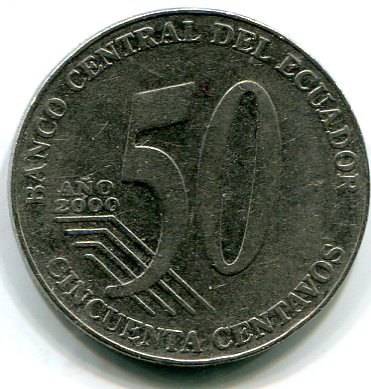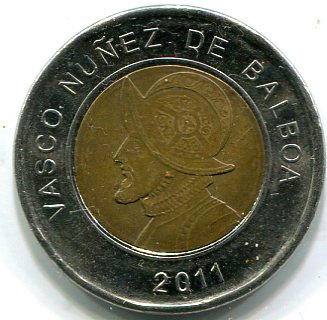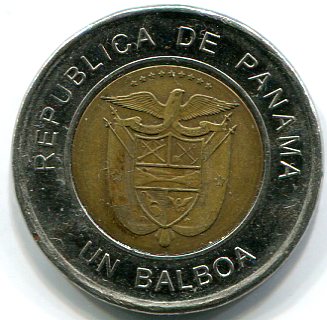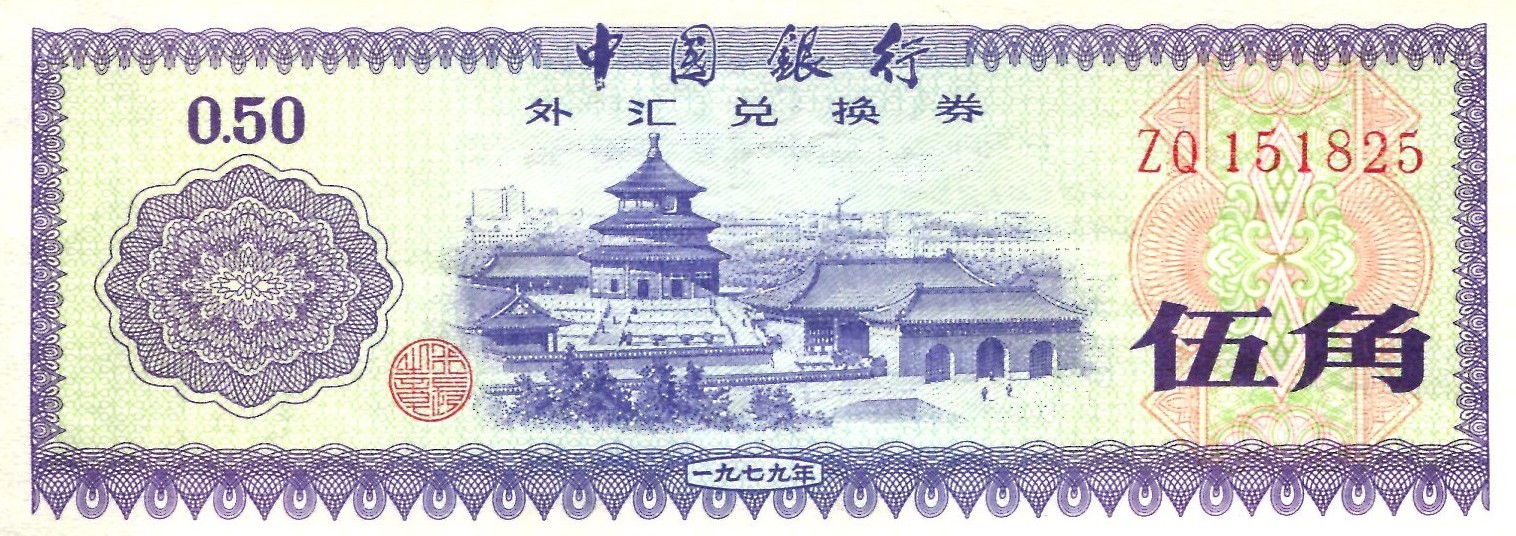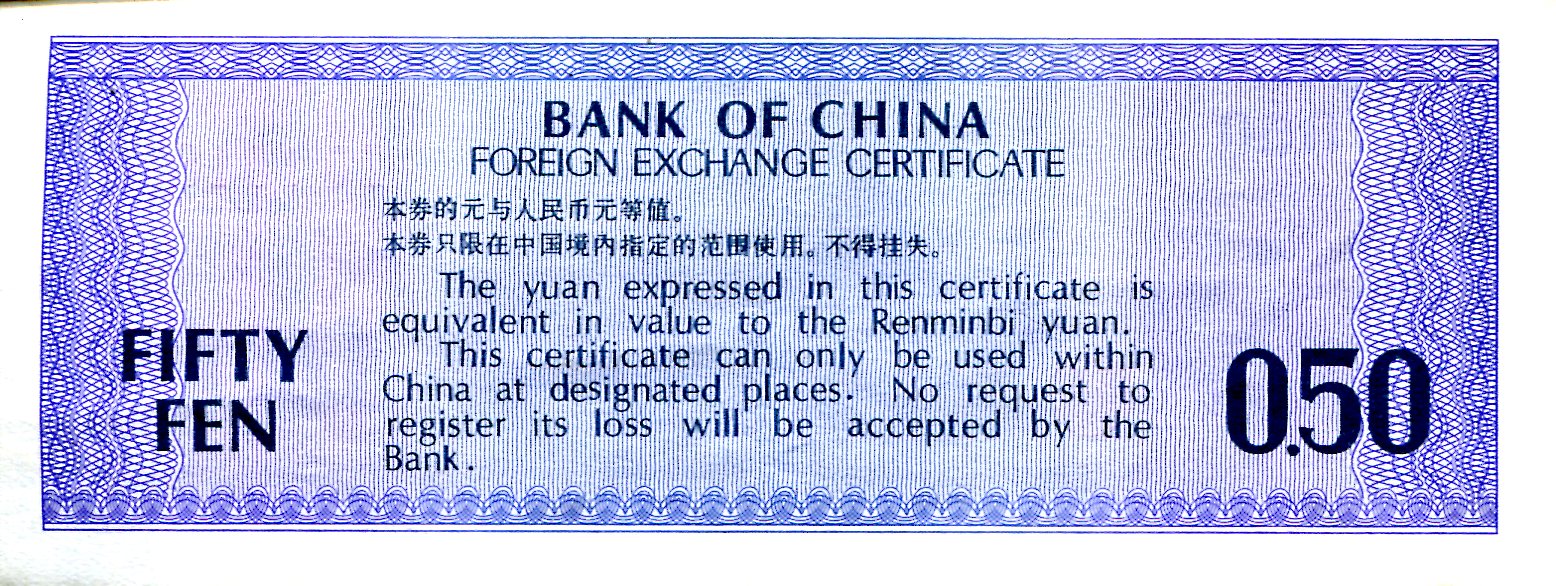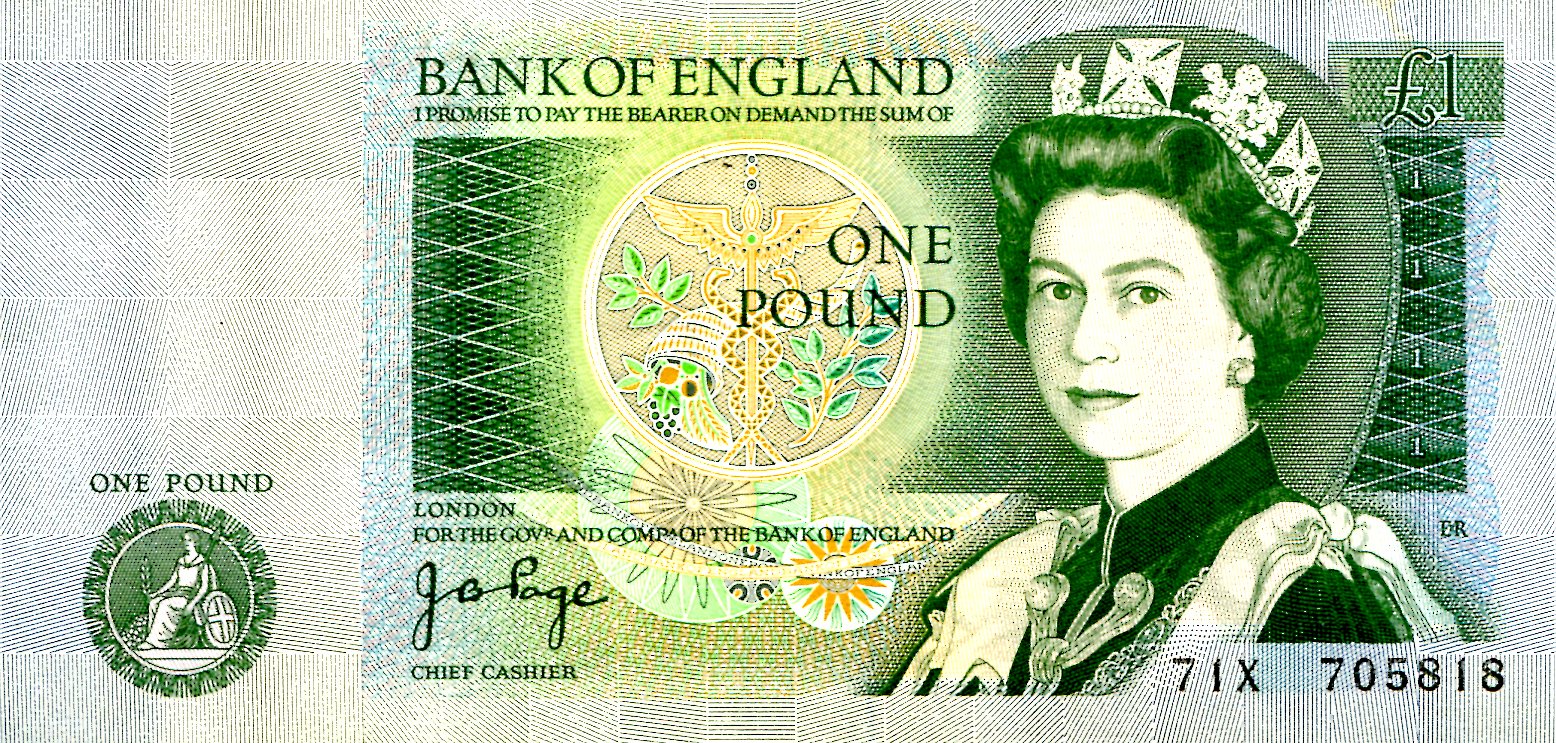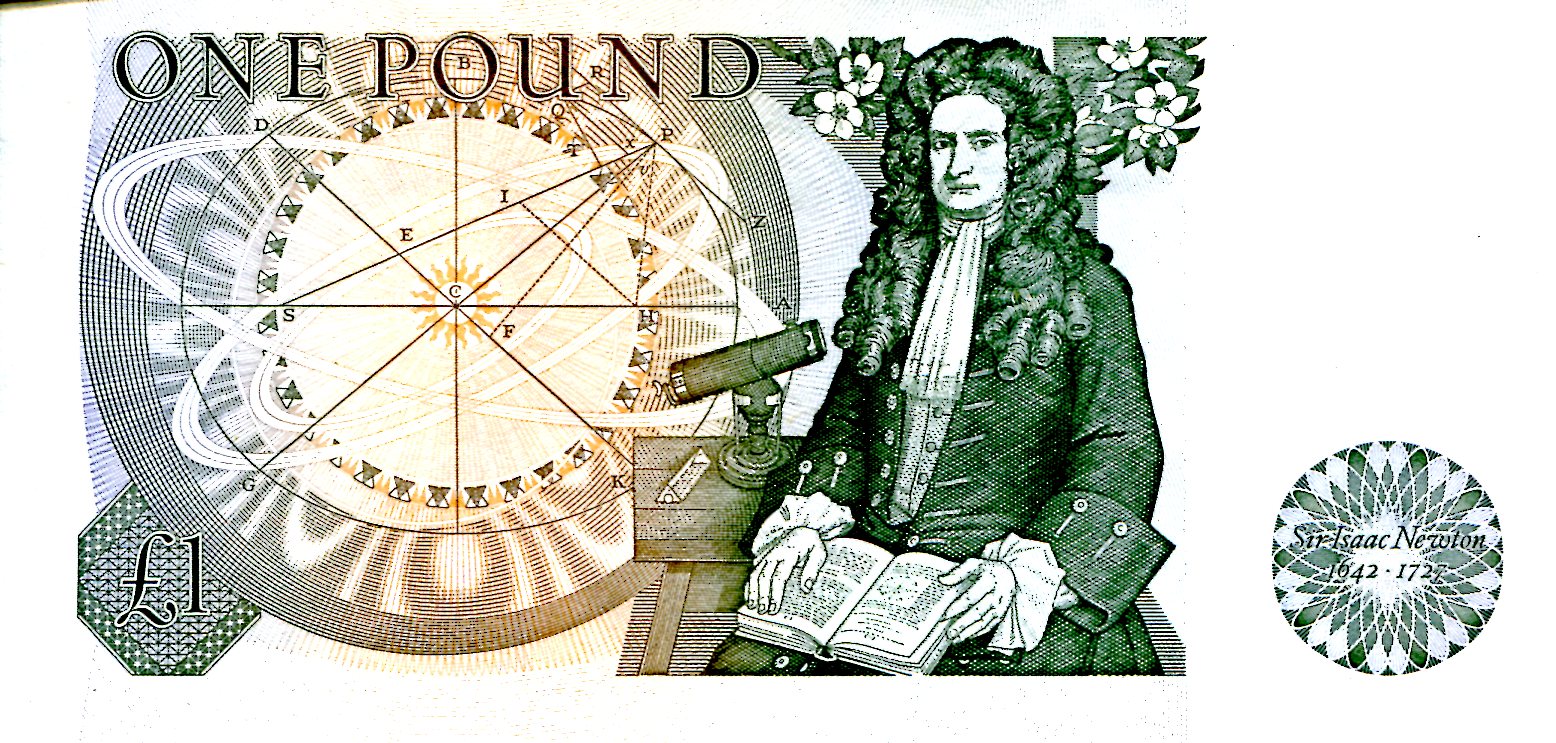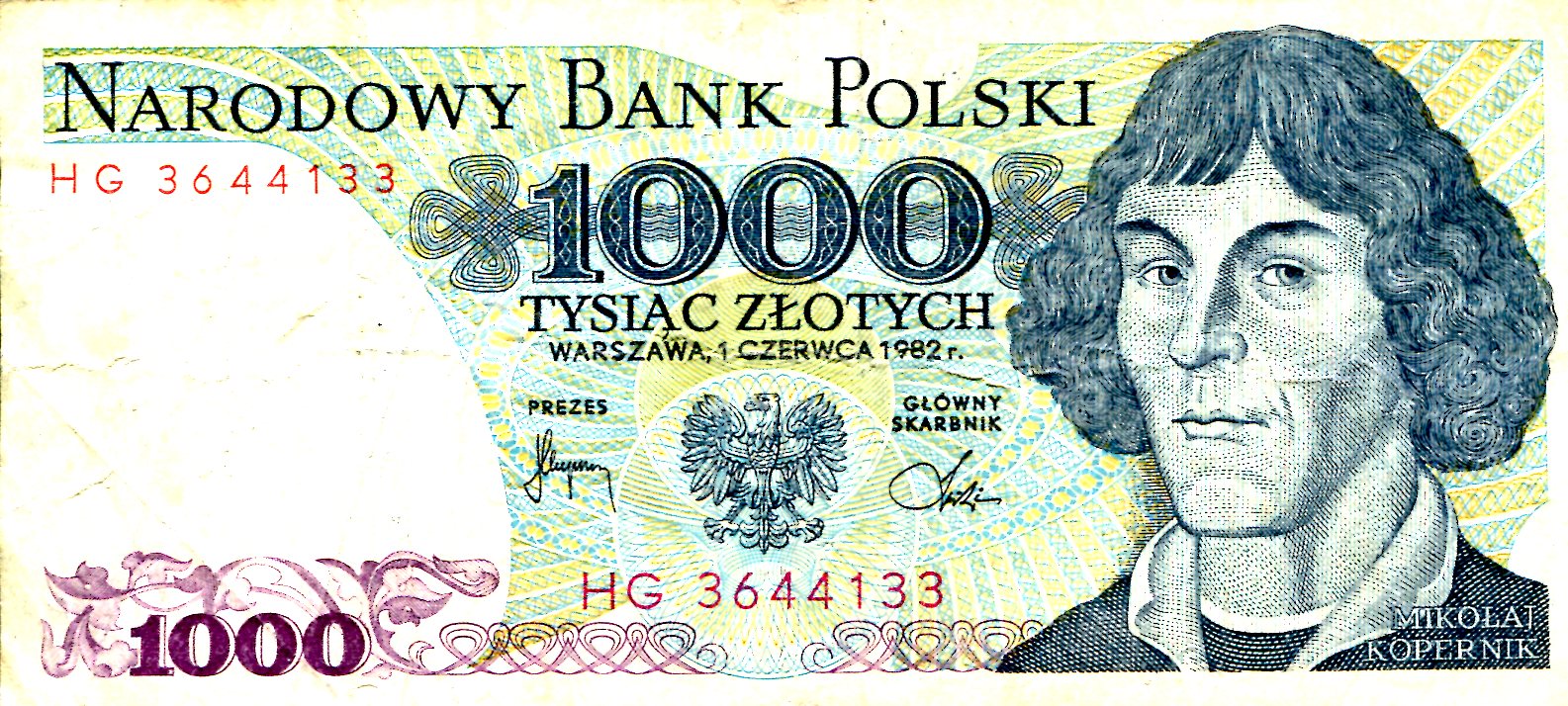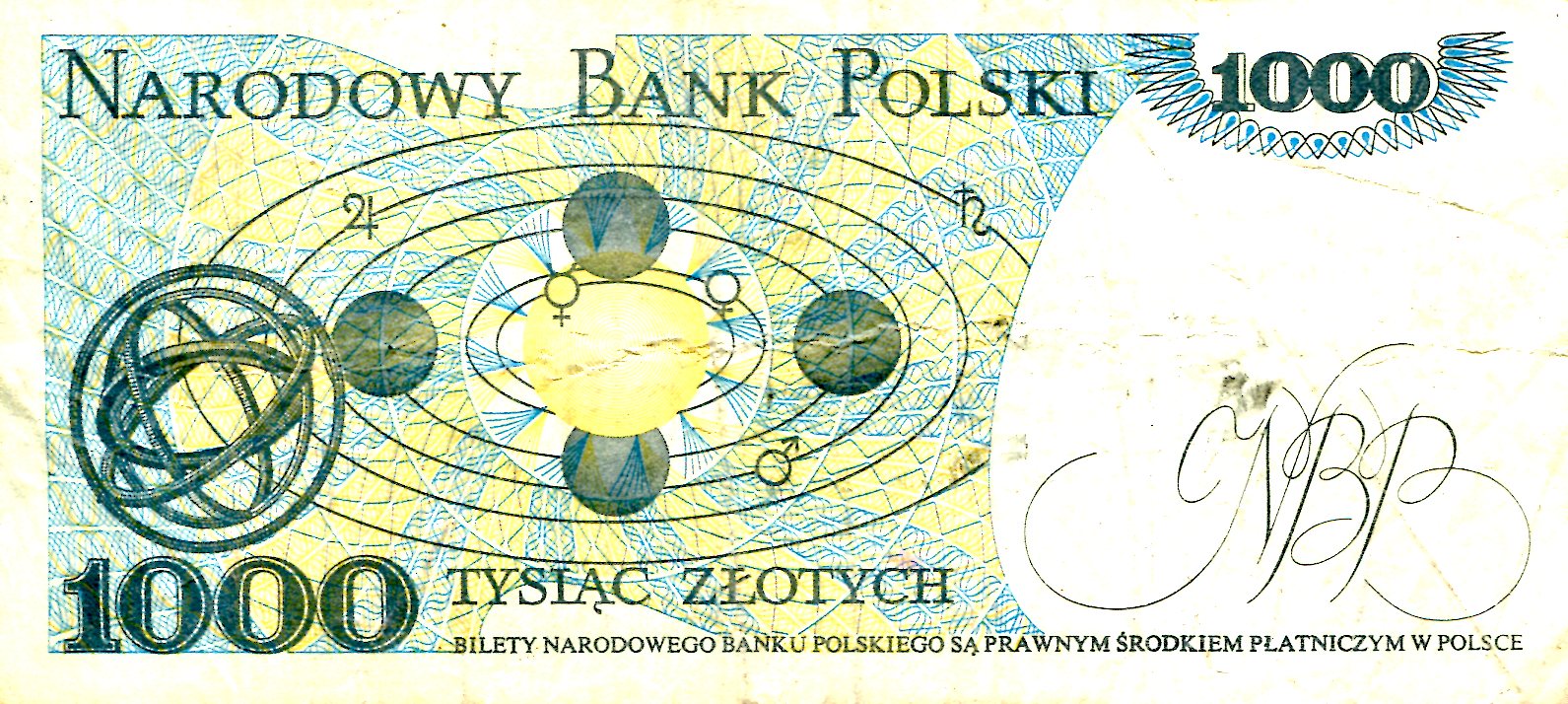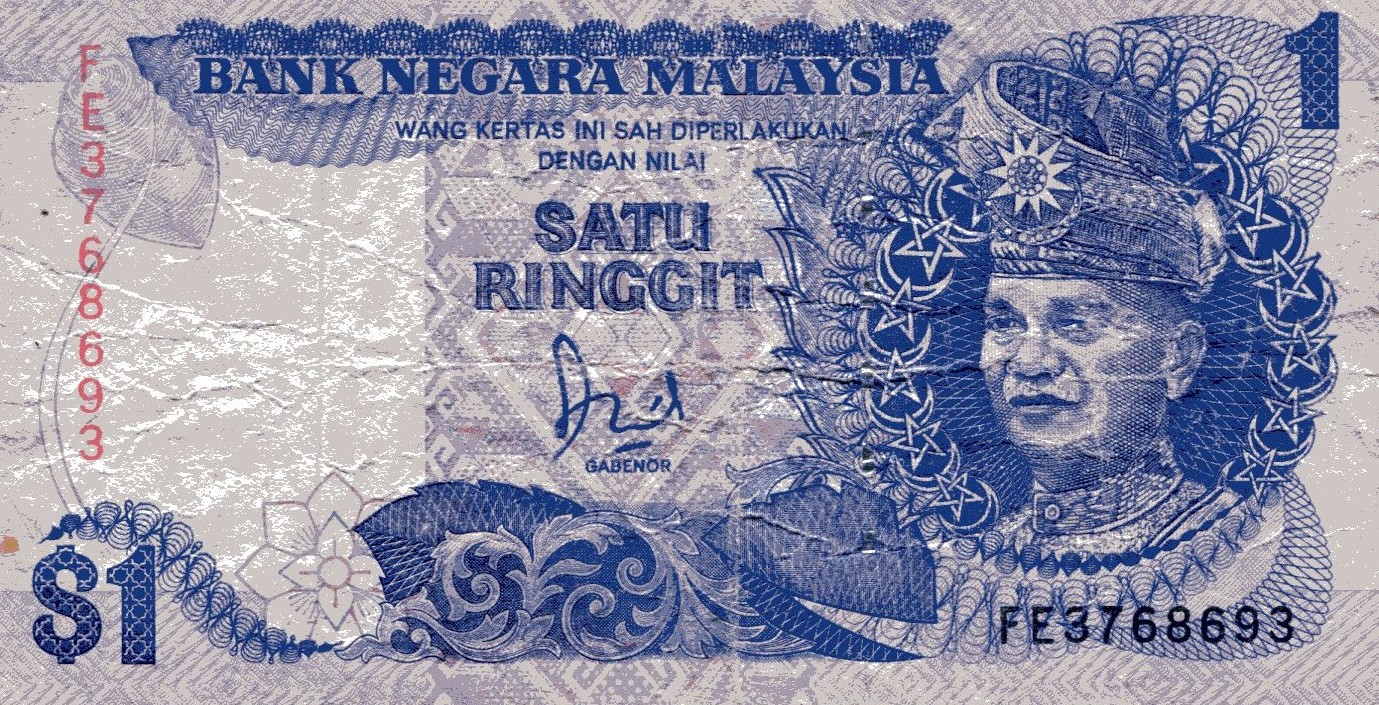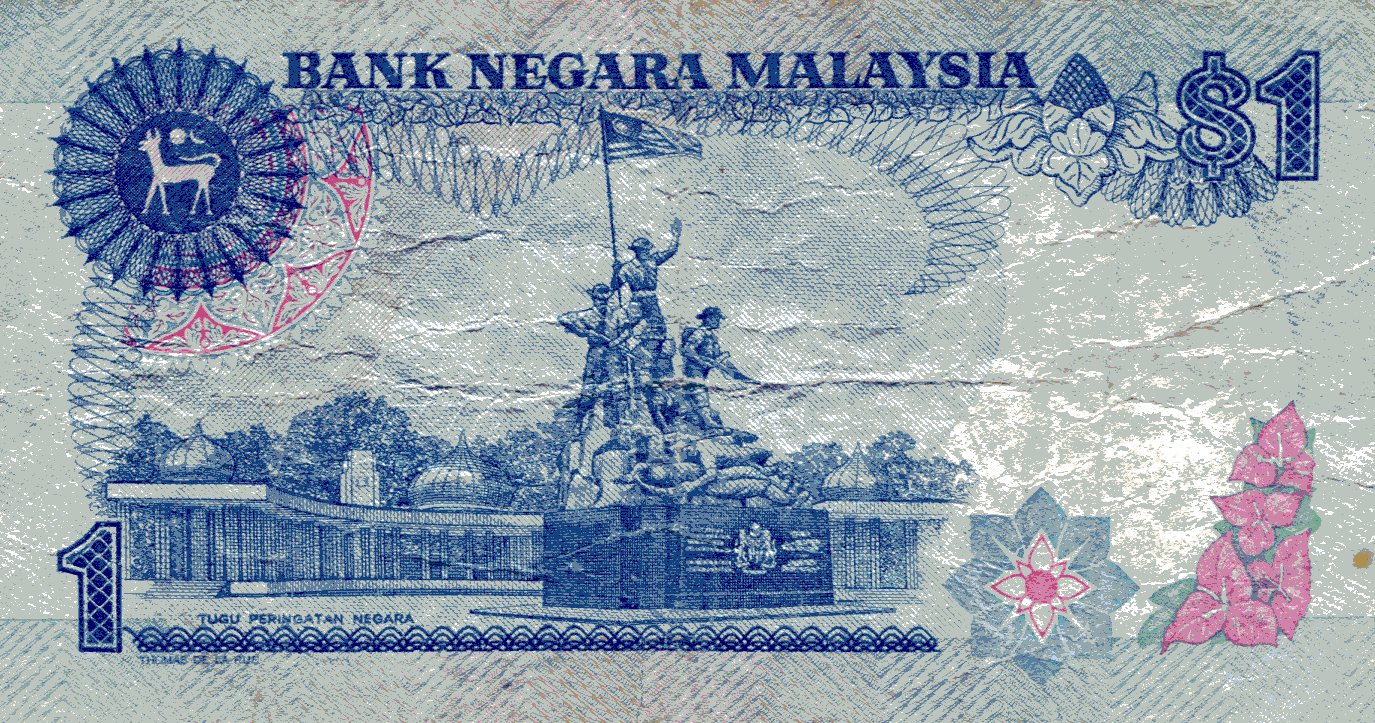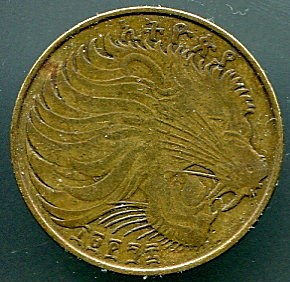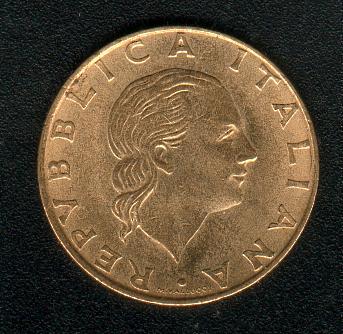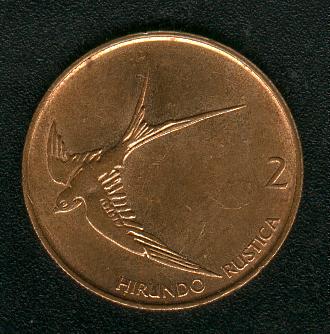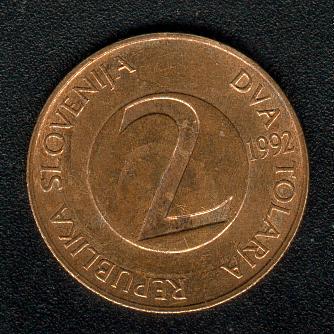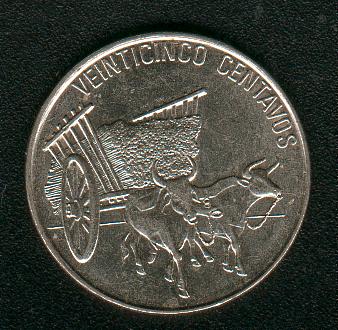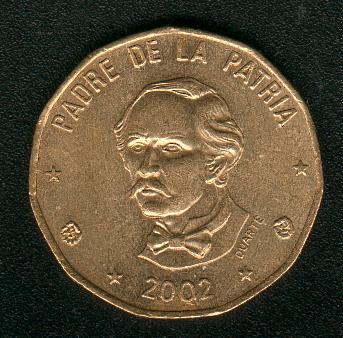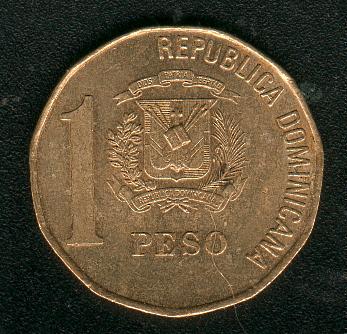Time for a summer interlude. Back to posting around July 19.
What this country needs is another summer holiday, sometime between Independence Day and Labor Day, and I nominate July 20, to honor the Moon landing. Or the fourth Monday in July, since the 20th is a little close to July 4 — a Monday holiday to honor the astronauts’ return on July 24, recalling the bit about “returning safely to the Earth,” since the lunar mission wouldn’t have been complete without that.
To keep the accounting snits happy (we can’t afford another holiday!), Columbus Day can be de-holidayed. It’s truly the most insignificant of federal holidays anyway, whatever you think of the Admiral of the Ocean Sea.
New Horizons will fly by Pluto during my interlude. This week’s “glitch” was alarming, but the craft seems to have recovered. (I like the Wired caption: “Among with gobs of planetary science, New Horizons is capturing pictures of Pluto that are increasingly less crappy.”) I will be watching the news closely. Yesterday I came across theses proposed names for geographic features on the Ninth Planet and its moons. Interesting lists. The IAU might not be so keen on fictional explorers and their vessels, however.
Chanced recently across another musical act that I’d pay money to see (and there aren’t that many), namely the Ukulele Band of Great Britain. Pretty much on the strength of their version of the theme from The Good, the Bad, and the Ugly. Too bad the closest they’ll be to me this year is Muncie, Ind., and that isn’t close enough.
Here’s some speculation: Treasury Secretary Jack Lew’s playing a deep game with the $10 and $20 bills. He proposed making Alexander Hamilton second banana on his note to elicit a wave of support for the first Treasury secretary — at the expense of Andrew Jackson. A common notion now seems to be, “Go ahead, get rid of Jackson, but not Hamilton!” Previously, the idea of tossing Jackson in favor of a woman wasn’t so warmly received. But now…
This is a recent headline that amused me: Google Self-Driving Cars Head to Austin, from PC Magazine, which further says that “the company has selected the city to be the next testing location for its autonomous Lexus SUVs…” Austin’s a very safe choice, I figure, especially if you turn the vehicle loose on I-35, where it won’t move very fast, if at all.
Just ahead of rain earlier this week, I went out to take some pictures of flowers. I went no further than my back yard.
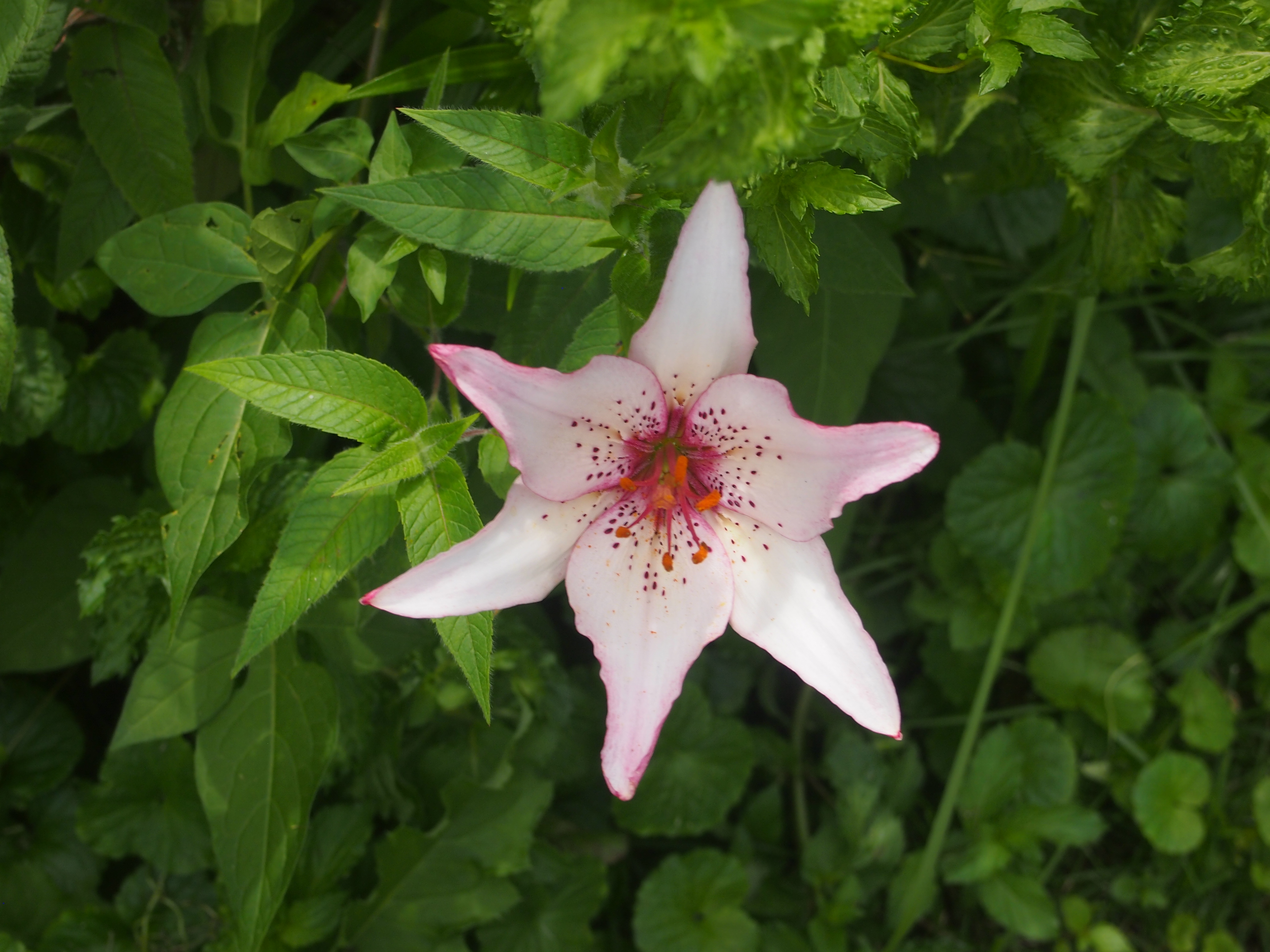

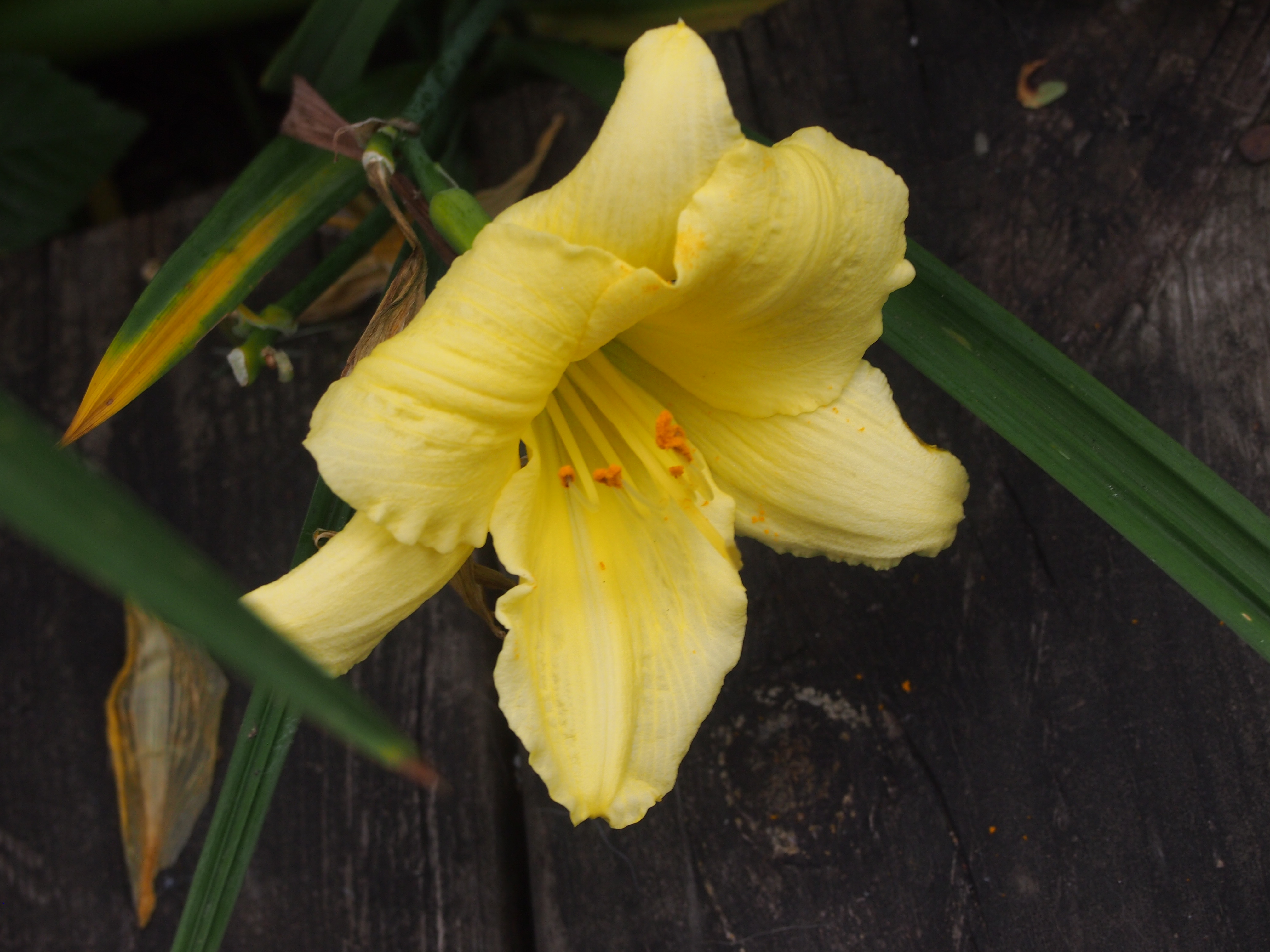

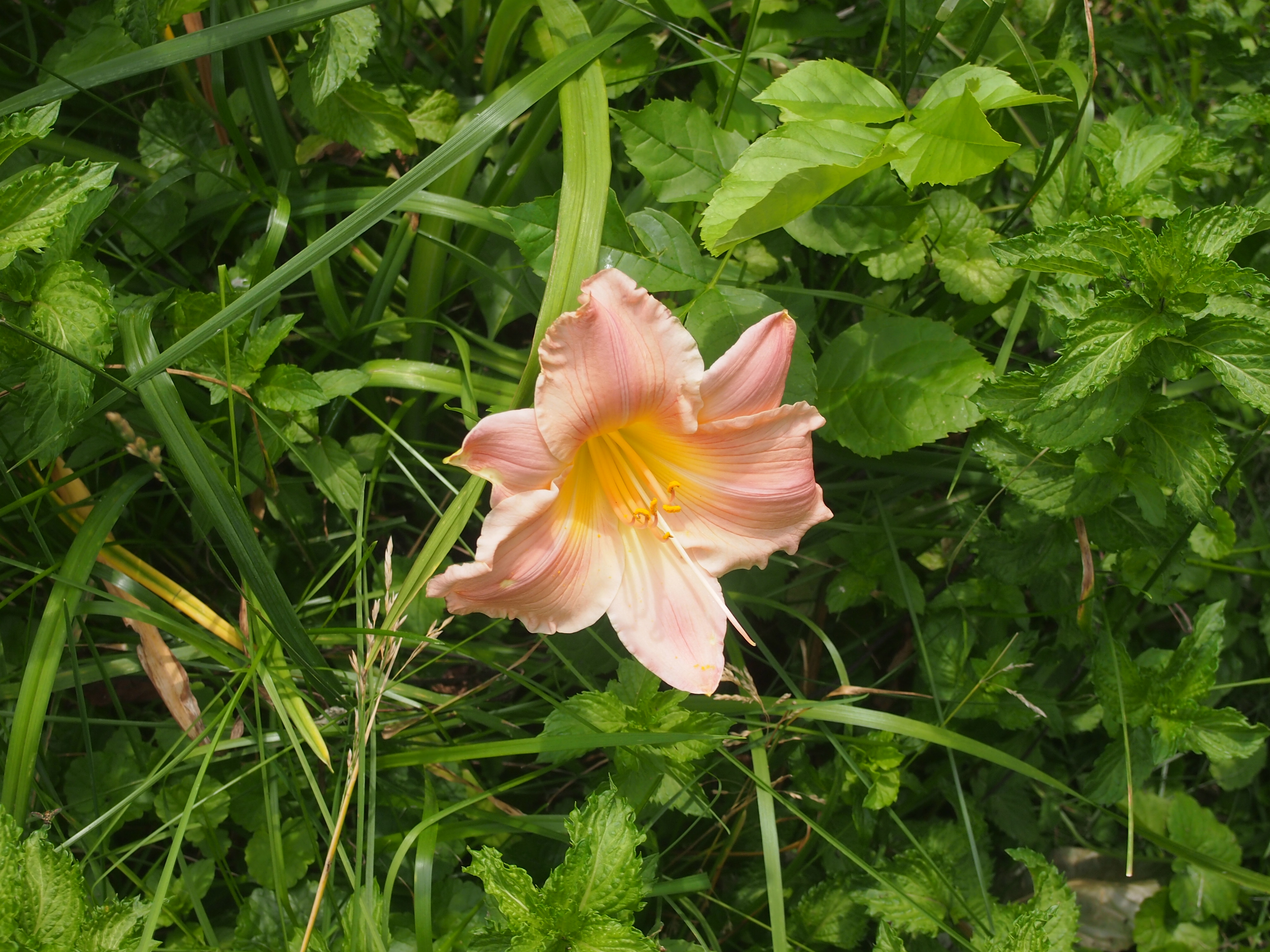 O Summer,
O Summer,
Oft pitched’st here thy goldent tent, and oft
Beneath our oaks hast slept, while we beheld
With joy thy ruddy limbs and flourishing hair.

